Delve into the profound origins and mystical allure of the dreamcatcher, an enigmatic artifact steeped in Native American tradition. As we unravel its fascinating journey from ancient spiritual tool to modern-day icon, we'll explore its rich heritage, multifaceted symbolism, and contemporary significance.
Origin and Native American Beliefs
The story of the dreamcatcher begins with the Ojibwe people, who crafted these intricate objects as protective charms. Originally known as "asabikeshiinh" or "spider," the dreamcatcher was believed to ensnare bad dreams in its woven net, allowing only good dreams to pass through and glide down its feathers to the sleeper below.
Spread and Significance Among Other Tribes
As interactions among tribes increased, the dreamcatcher found its way into the cultures of other Native American peoples, including the Lakota. Here, it took on slightly different meanings and constructions, reflecting the unique spiritual beliefs of each tribe.
- Ojibwe Legend: Believed dreamcatchers filtered dreams from the night air.
- Lakota Influence: Viewed them as a symbol of identification and protection against negative energy.
This section of history not only showcases the dreamcatcher's origin but underscores its revered status among various tribes.
Construction and Symbolism
Dreamcatchers are masterpieces of symbolism, constructed from materials that hold specific cultural significance. Let's dissect the traditional elements:
Components of a Dreamcatcher
- Hoop: Represents the circle of life.
- Web or Net: Mimics a spider's web, which traps bad dreams and allows good ones to pass through.
- Feathers: Serve as a soft ladder allowing good dreams to descend gently onto the dreamer.
- Beads: Often symbolize the spider or can represent good dreams themselves.
Each component is imbued with intent and purpose, making the dreamcatcher a powerful symbol in Native American cultures.
Modern-Day Interpretations
In contemporary settings, dreamcatchers have transcended their original spiritual purposes, evolving into popular decorative items that are seen in various contexts from nurseries to art galleries. However, this popularity brings with it discussions about cultural appropriation.
Cultural Appropriation vs. Cultural Reverence
It's crucial to distinguish between using these cultural artifacts respectfully and commodifying them. Here's what to consider:
- Understand the Origin: Recognizing the deep spiritual roots of dreamcatchers.
- Respectful Use: Not just owning a dreamcatcher, but understanding its cultural importance and handling it with respect.
This exploration into modern interpretations invites readers to consider their interactions with culturally significant items.
(Insert image: https://www.verysleepypeople.com/wp-content/uploads/bierglas_A_girl_making_a_dreamcatcher_-ar_169_-v_6_895e2ca2-6bac-4f29-ae44-0a003d4e4da7.jpg)
Proper Use and Display
When incorporating a dreamcatcher into your space, it’s paramount to do so with sensitivity and respect for its origins. Here are some pointers on how to appropriately use and display dreamcatchers:
Guidelines for Displaying Dreamcatchers
- Placement: Hang them where the morning light can touch them, as this is believed to cleanse the bad dreams caught in the net.
- Handling: Treat dreamcatchers with the same respect as any other sacred or culturally significant item.
Understanding these practices helps maintain the sanctity of the dreamcatcher and honors the cultures from which they originate.
These insights into the proper use and display of dreamcatchers highlight ways to appreciate this cultural symbol without inadvertently participating in cultural erasure. Encouraging this respectful approach ensures that the sacredness and intended meaning of the dreamcatcher are preserved.
Impact on Sleep and Well-being
Dreamcatchers are not only a symbol of Native American culture but are also believed to influence sleep and emotional well-being positively. This section explores both the traditional indigenous beliefs and the modern holistic views that surround dreamcatchers.
Indigenous Beliefs and Modern Perspectives
- Filtering Dreams: Traditionally, dreamcatchers are thought to catch bad dreams in their webs, allowing only good dreams to descend upon the sleeping individual through the feathers.
- Emotional Well-being: There is a spiritual component where the dreamcatcher is seen as a protector, providing comfort and a sense of safety, which can alleviate anxiety and improve sleep quality.
Although scientific research on the direct effects of dreamcatchers on sleep quality and emotional health is sparse, the placebo effect and the psychological comfort they provide can not be underestimated. Many users report a greater sense of peace and a decrease in nightmares when employing a dreamcatcher, which could be tied to its symbolic meaning rather than a physical property.
Scientific Inquiry and Holistic Integration
Given the surge in interest toward integrating traditional healing practices within modern holistic health frameworks, dreamcatchers have found a place as a therapeutic tool in various forms of psychotherapy and relaxation techniques.
- Therapeutic Use: Some therapists use dreamcatchers as a tool in narrative therapy, helping individuals to 'capture' and discuss their dreams or fears.
- Holistic Practices: In holistic health circles, dreamcatchers are often used as an aid in environments meant to promote well-being, like meditation rooms or yoga studios.
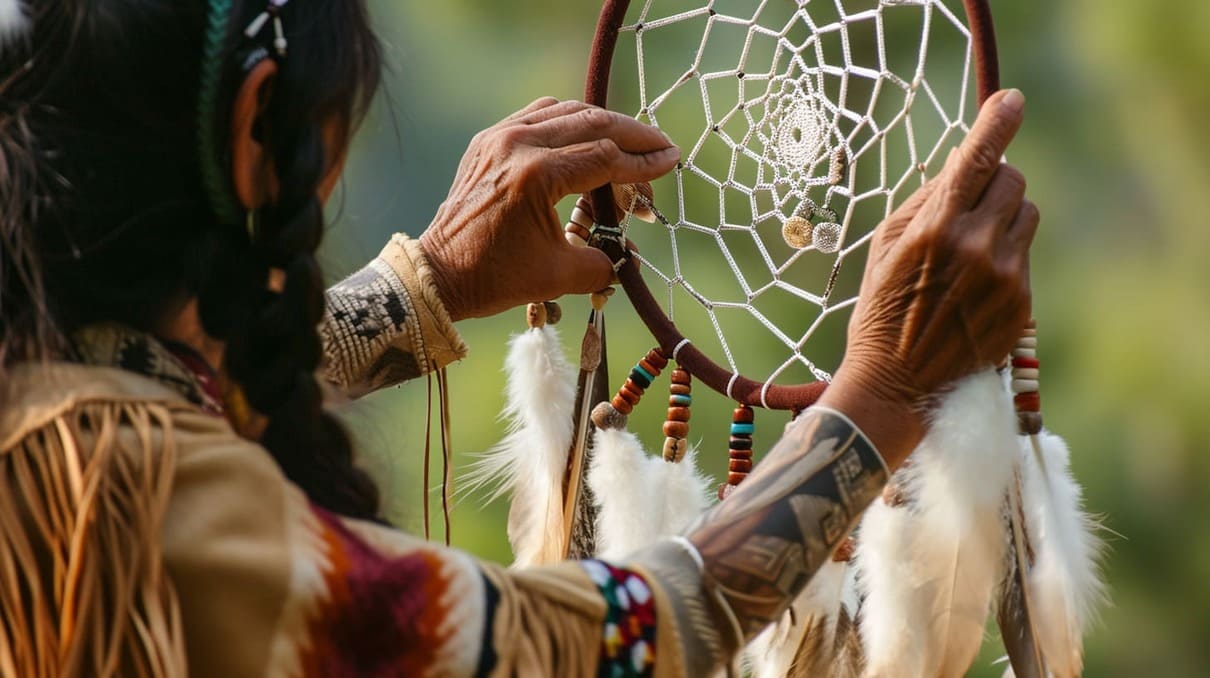
The inclusion of dreamcatchers in these practices underscores a broader acceptance and integration of indigenous methods into general well-being strategies, highlighting an area potent with both cultural significance and contemporary relevance.
Contemporary Craftsmanship and DIY Aspects
Enthusiasm for handcrafting personal dreamcatchers has surged as individuals seek to connect with cultures and create personalized talismans. However, it's crucial to approach this craft with an awareness of cultural sensitivity.
The Craft of Making Dreamcatchers
- Materials and Methods: Traditional dreamcatchers are made with a wooden hoop, sinew or string, and adorned with items like feathers and beads. Each material and its placement have specific meanings and intentions.
- DIY Approach: With the rise of DIY culture, making a dreamcatcher can be a meaningful project that respects its origins while allowing for personal expression.
Table: Key Considerations for DIY Dreamcatchers
| Consideration | Description |
|---|---|
| Cultural Sensitivity | Understand the cultural importance and avoid misrepresenting its significance. |
| Source Responsibly | Use materials that are ethically sourced and respectful of environmental and cultural standards. |
| Learn from Sources | Seek resources from Native communities or certified educators to ensure respectful and accurate representation. |
Paying Homage to Ancestral Wisdom
Creating a dreamcatcher can be more than just a craft; it’s a profound act of paying homage to the wisdom of the Native American communities that brought this beautiful art form into the world. It’s a way to connect with a deeper spirituality and understand a piece of cultural heritage that carries a universal message about protecting and cherishing our spiritual life.
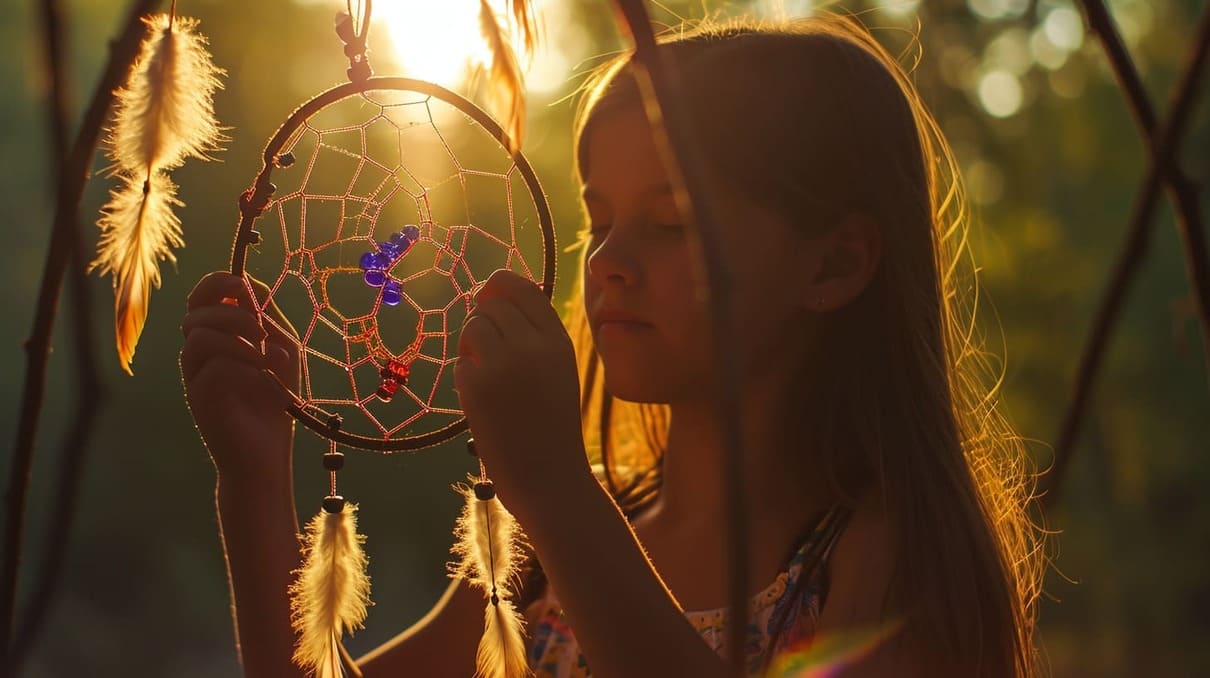
By engaging with this craft under the guidance of cultural respect and understanding, individuals can create a personal object that is not only beautiful but also deeply meaningful.
Conclusion
The dreamcatcher weaves together a story rich with cultural depth and multifaceted significance. From its roots in Native American cultures to its place in modern homes and healing practices, the dreamcatcher remains a potent symbol of protection and spiritual presence.
As we reflect on the dreamcatcher's journey, we invite you to deepen your understanding and appreciation of this enchanting artifact. Embrace its heritage and consider the profound connection it offers to both our dreams and the broader universe. Each thread and feather holds a story, waiting patiently to be recognized and revered.
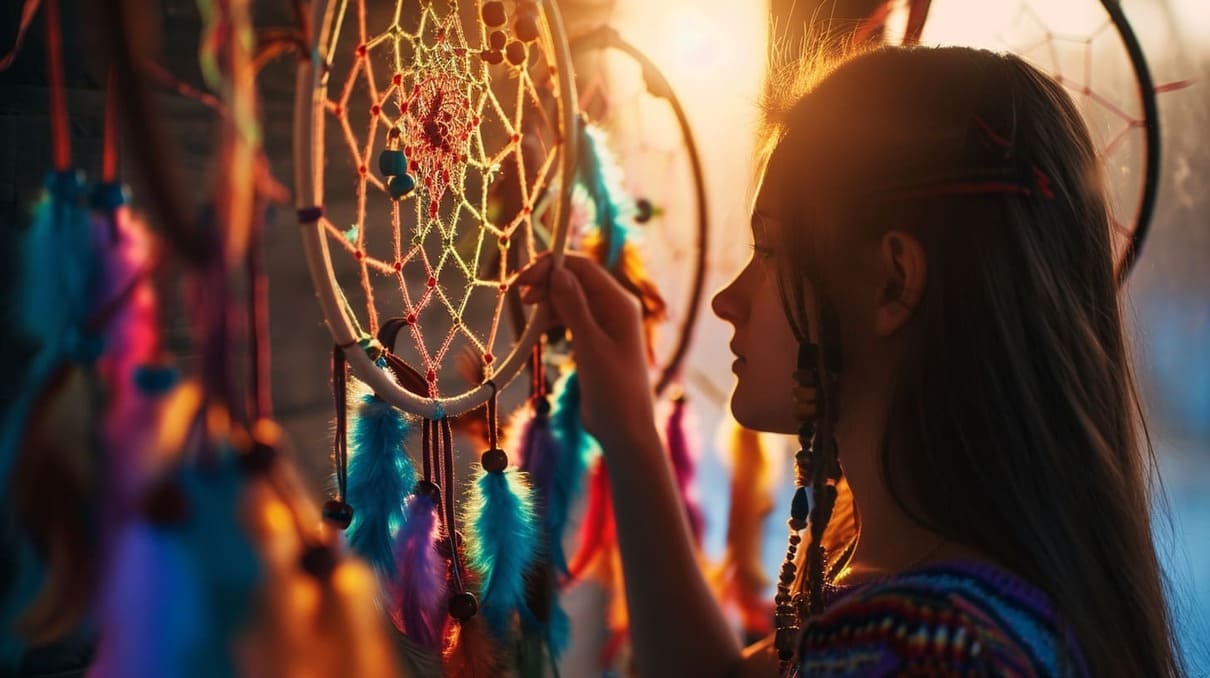

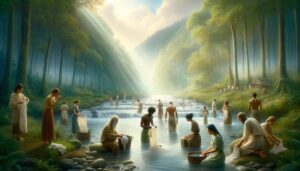
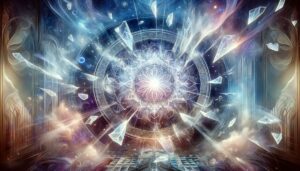



0 Comments